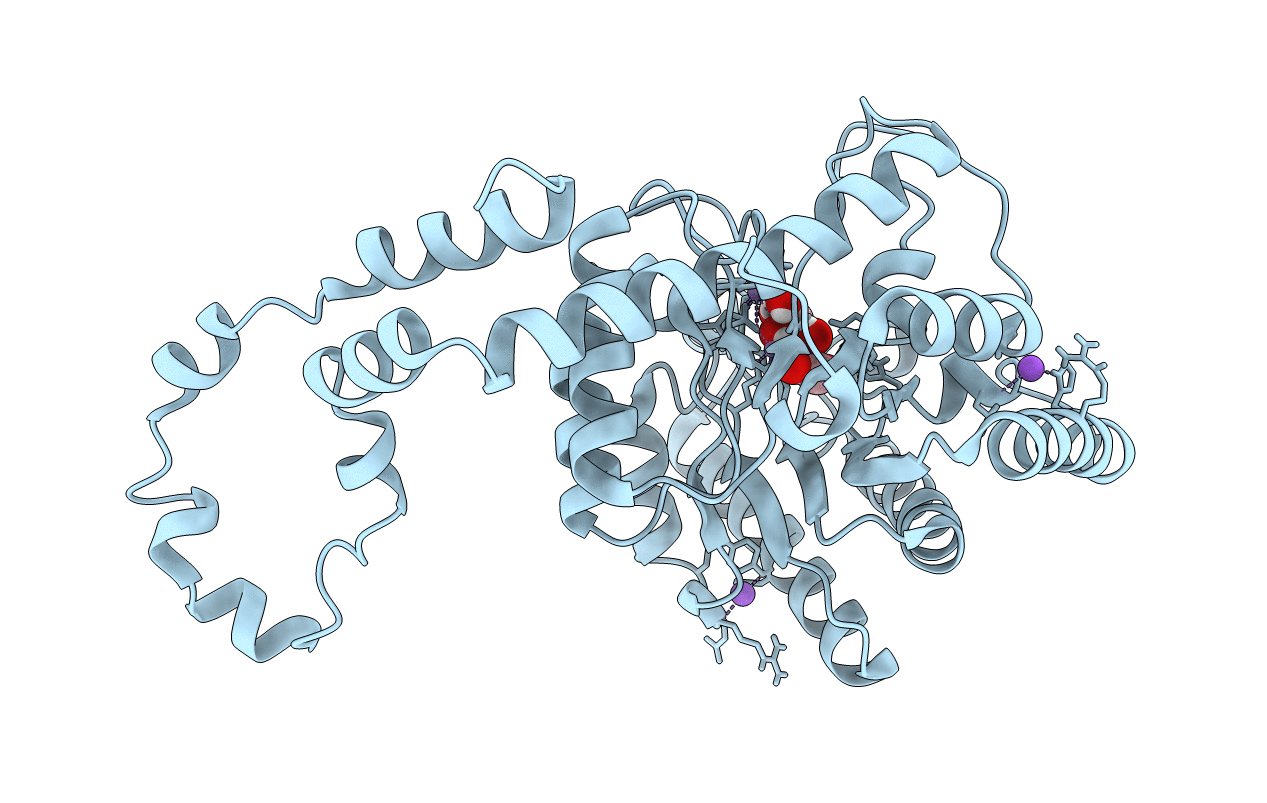
Deposition Date
2004-01-21
Release Date
2004-02-10
Last Version Date
2023-08-23
Entry Detail
PDB ID:
1S5N
Keywords:
Title:
Xylose Isomerase in Substrate and Inhibitor Michaelis States: Atomic Resolution Studies of a Metal-Mediated Hydride Shift
Biological Source:
Source Organism:
Streptomyces olivochromogenes (Taxon ID: 1963)
Host Organism:
Method Details:
Experimental Method:
Resolution:
0.95 Å
R-Value Free:
0.12
R-Value Work:
0.10
Space Group:
I 2 2 2


